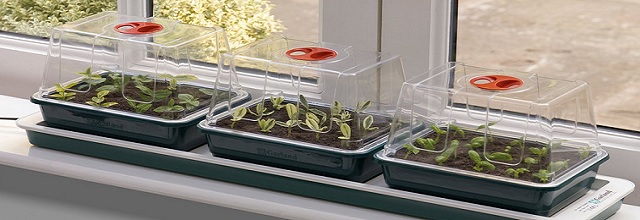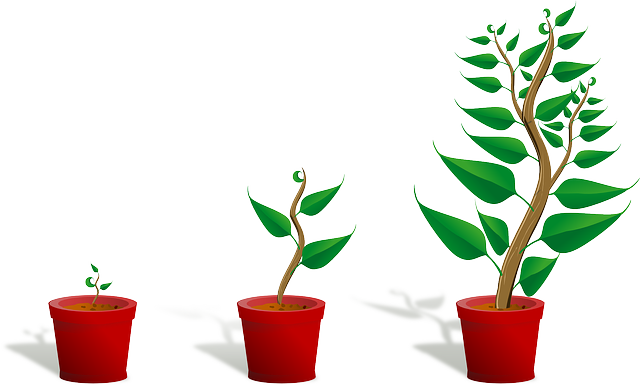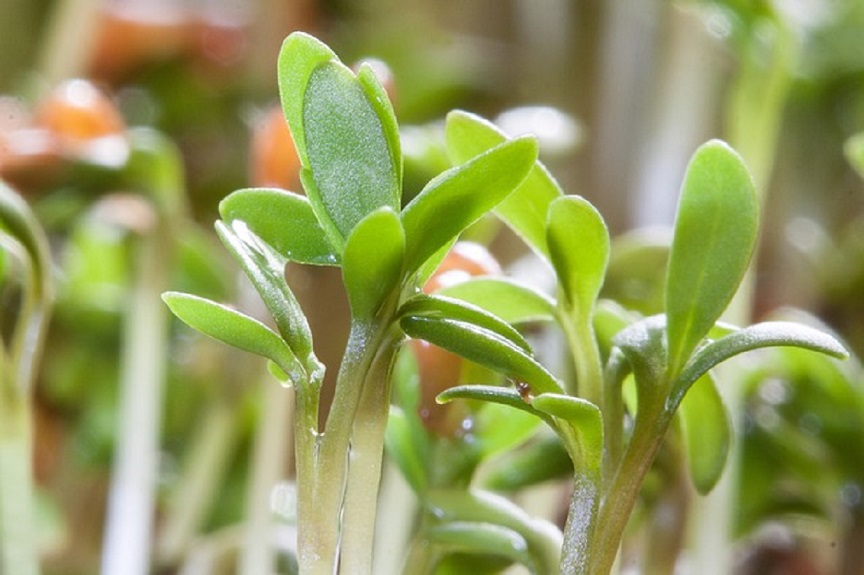In order to grow seeds successfully, some seeds need a higher temperature than others. You can do this by keeping the seeds in a warm place inside the house, however once the seeds have germinated the problem then is how to provide them with enough light to prevent the seedlings from becoming weak and leggy. When it comes to propagators you really do get what you pay for. The difference between average and brilliant is probably bigger with this piece of equipment than any other you will use in day to day growing.
Although gardeners will often grow seeds on house windowsills there is a problem with giving them enough light. Light will come from one side only forcing the seedling to stretch towards the source which produces weak growth. Seedlings growing on windowsills in direct sunlight may also be burned. Possibly the only suitable windowsill would be in a light and airy but heated conservatory. Heating a greenhouse is often too costly and so an alternative means of germinating some seeds may be required and at this point you may consider a propagator.
Some seedlings and cuttings also need to be kept in a humid environment. You can do this by placing them inside a plastic bag but keeping the bag from touching the plant leaves can be a problem. It is important that your propagator allows ventilation or plants can become subject to fungal disease. Ventilation is often achieved by use of adjustable vents.

Not only are propagators useful for bringing on seedlings or cuttings but they can also be used to help you to protect your most treasured plants over the winter period. If this appeals to you, you need to consider a propagator with more headroom!
- The simplest type of propagators are really just a seed tray with a domed plastic cover. You can also buy just the lids to use with existing seed trays. These do tend to be flimsy and not very long lasting and also have no ventilation slots so the only means of ventilation is to prop open the lid.
- There are also seed tray size propagators with rigid dome shaped lids which can house taller plants, they also have ventilation openings. You can also buy the lids separately.
- A heated propagator need access to an electricity power supply. Usually warming cable in the base of the propagator provide the heat. Bottom heat is required by some cuttings in order to root more successfully. Good heated propagators also have thermostatic controls which allow you to regulate the plants’ temperature requirements more precisely.
- You can also buy soil warming mats and cables which will deliver bottom heat to plants. These can be used with or without a lid or covering.

